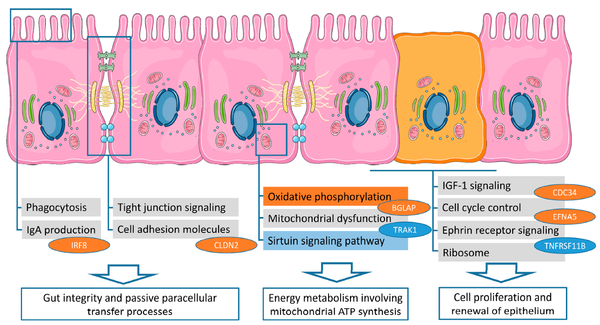Project 1.3
Characterizing endocrine and transcriptional determinants of P utilization mediated by the microbiota-host-environment interaction in laying hens and quails
Klaus Wimmers
The project addresses the host transcriptomic and endocrine endo-phenotypes in the complex interaction of diet × microbiome × host that affect intestinal phytate (InsP6) degradation, inositol phosphate (InsPx) pattern, myo-inositol levels, and phosphorus (P) utilization in laying hens and quails.
Variable P supply affecting enteral phytase activity and the metabolism of InsPx; provokes adaptive responses of the endocrine, paracrine, and autocrine regulation of P homeostasis that are mirrored also at the transcriptome level. These responses result from the availability of P, InsPx, and myo-inositol found in the feedstuff and digesta as well as the indirect effects of changes in microbiota composition. Furthermore, considerable variation in P utilization exists among and within species highlighting heritability and underlying genetic variation.
This project will provide insight into the molecular routes engaged in the gut to maintain P homeostasis. Endocrine and paracrine regulatory pathways will be elucidated along with the molecular endo-phenotypes that represent the host part of the complex diet × microbiome × host interaction.



